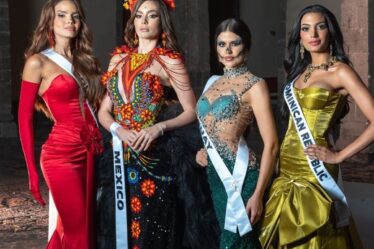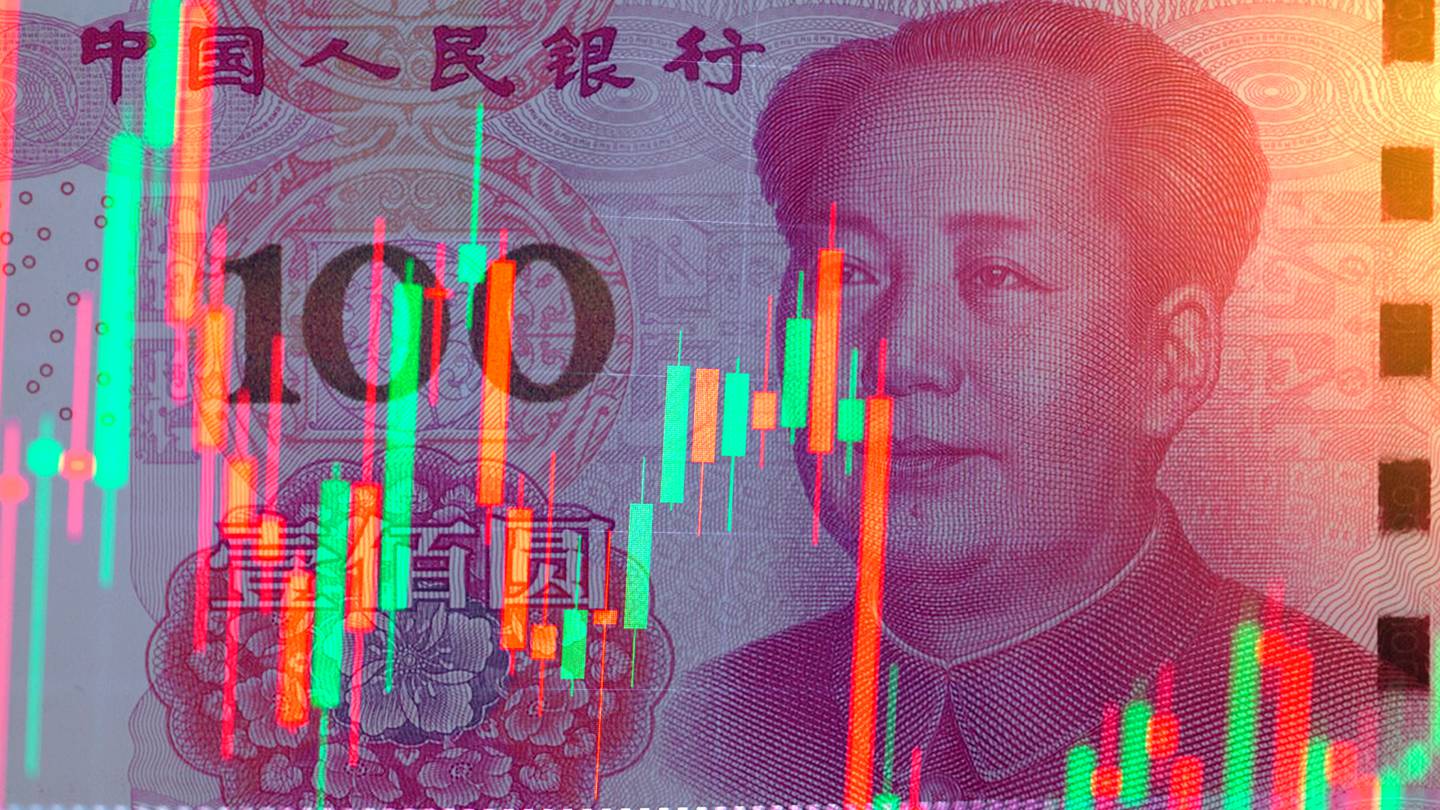
Fashion businesses operating in diverse markets across Asia, the Middle East, Latin America, Eastern Europe and Africa spent much of 2023 navigating a complex and delicate set of trade-offs.
In the key China market, global brands wrestled with a post-pandemic recovery that failed to meet expectations. Refining their expansion plans, luxury players turned to underserved pockets of wealth such as Shenzhen, the centre of “China’s Silicon Valley”, to capture growth. Meanwhile, Dior’s landmark show in Mumbai signalled India as a bright spot and the inaugural edition of Riyadh Fashion Week confirmed Saudi Arabia as an investment destination.
In a year that saw war persist in Ukraine and erupt in the Middle East, fashion brands added ”friendshoring” to existing nearshoring strategies to reduce the risk of supply chain disruptions amid rising geopolitical tensions. But the early beneficiaries of this shift, including fast fashion manufacturers in Bangladesh and Mexico, have faced challenges of their own. In Japan, luxury giants like LVMH, Hermès and Gucci strengthened their ties with the country’s centuries-old artisanal producers.
Market volatility kept many fashion executives on their toes this year but none more so than in countries like Argentina where they had to survive the country’s so-called “perpetual crisis”. Entrepreneurs have overcome challenging conditions elsewhere too, like the founders of scrappy start-ups in Kenya, Nigeria, Senegal and South Africa battling for a share of the global sneaker market. Fashion’s celebrity marketing playbook also came into its own as global brands looked beyond the traditional entertainment epicentres of Hollywood, Bollywood and Nollywood, signed reggaeton singers from Colombia, actors from Thailand and — as their influence on social media reached new heights — more K-pop stars from South Korea than ever.
It has been an extraordinary if unsettling run-up to 2024.
Top Stories
How Worried Should Fashion Be About China’s Weakened Economy?: As the country’s economy moves into deflationary territory, manufacturing output declines and a real estate crisis worsens, some consumers are becoming increasingly cautious.
Market Analysis: Is This Luxury’s Watershed Moment in India?: Brands like Dior and Valentino are banking on India’s high growth potential, but it will take more than dazzling shows and sleek stores to compete with local designers and turn this complex market into a major revenue source.
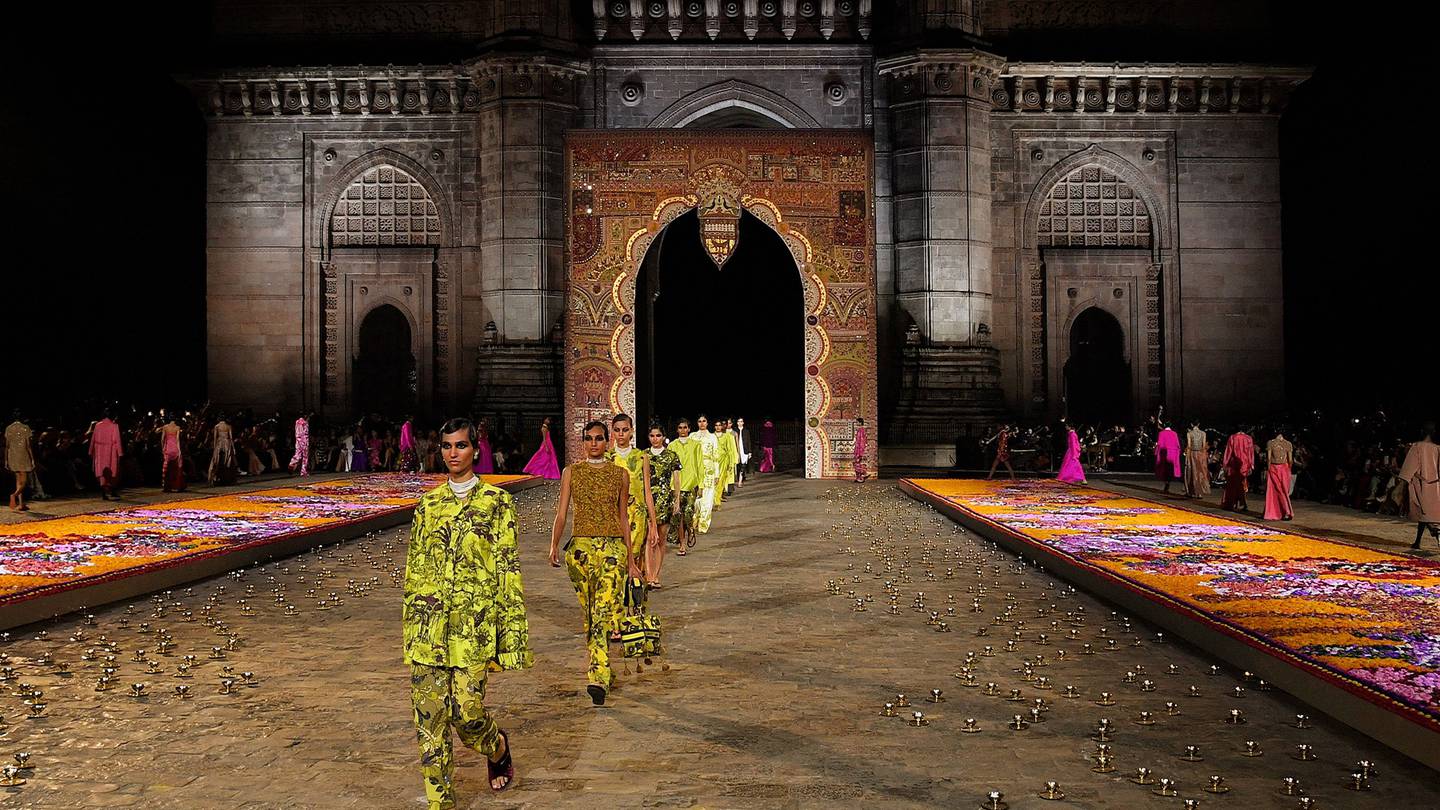
What ‘Friendshoring’ Means for Fashion: Western brands shifting supply chains away from China hope to reduce disruptions caused by geopolitical tensions but ‘friendlier’ sourcing hubs aren’t always feasible.
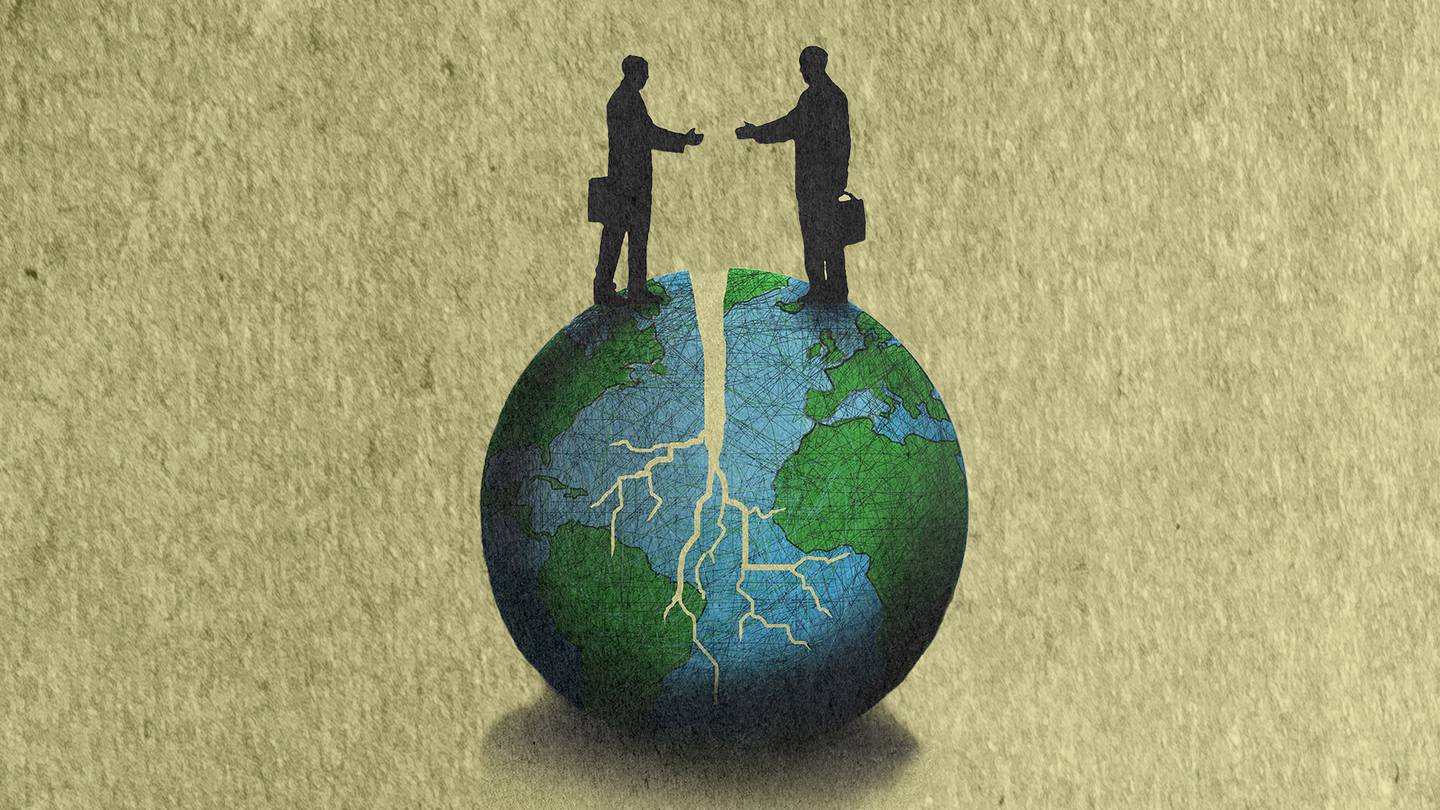
Why Fashion Is Betting Big on Saudi Arabia: The kingdom is set to drive growth for the industry as its economy booms, social reforms reshape consumer culture and futuristic cities sprout from the desert.
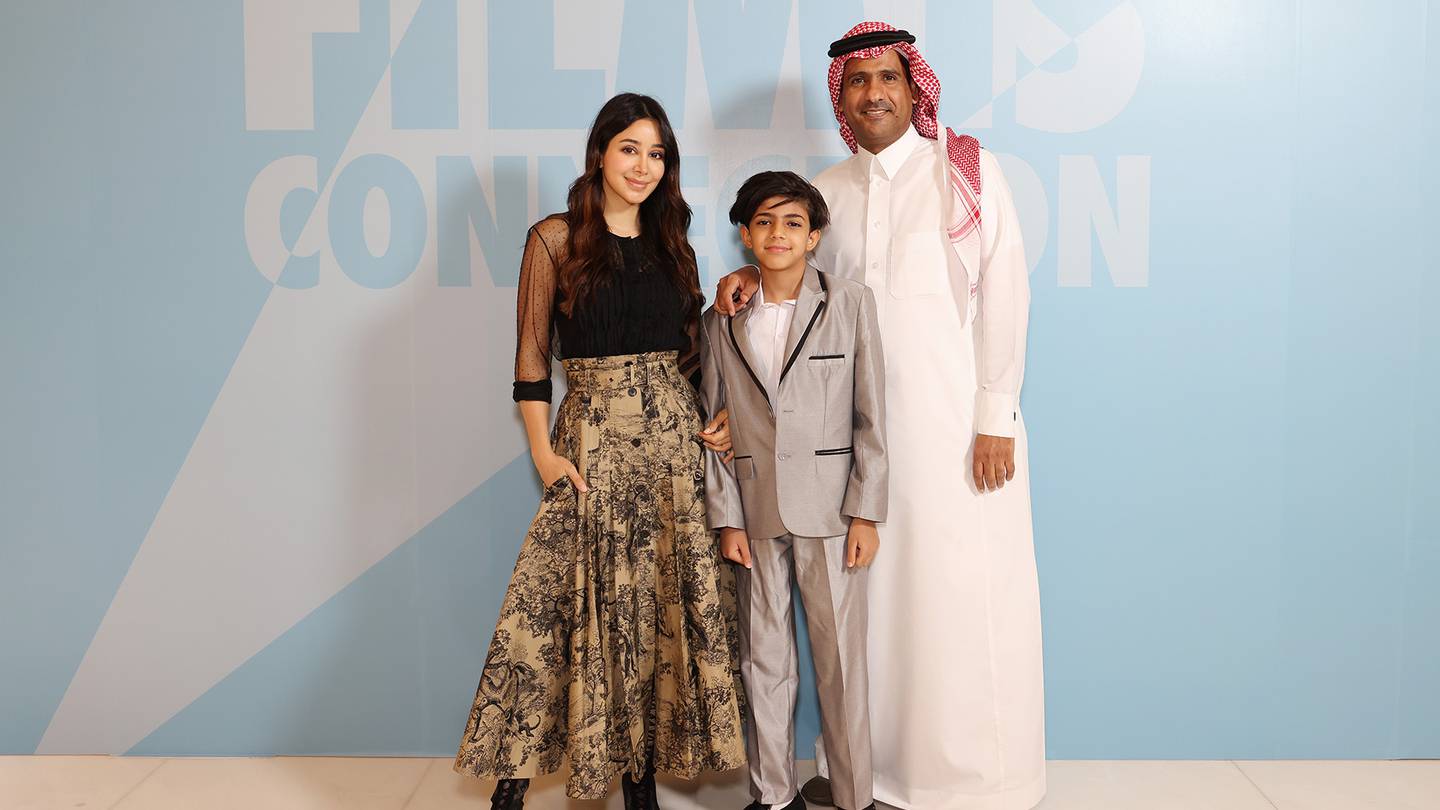
Why Luxury Giants Are Obsessed With Small Japanese Suppliers: Companies like LVMH, Hermès and Gucci are strengthening ties with Japan’s artisanal producers to tap exclusive materials and ancient techniques.
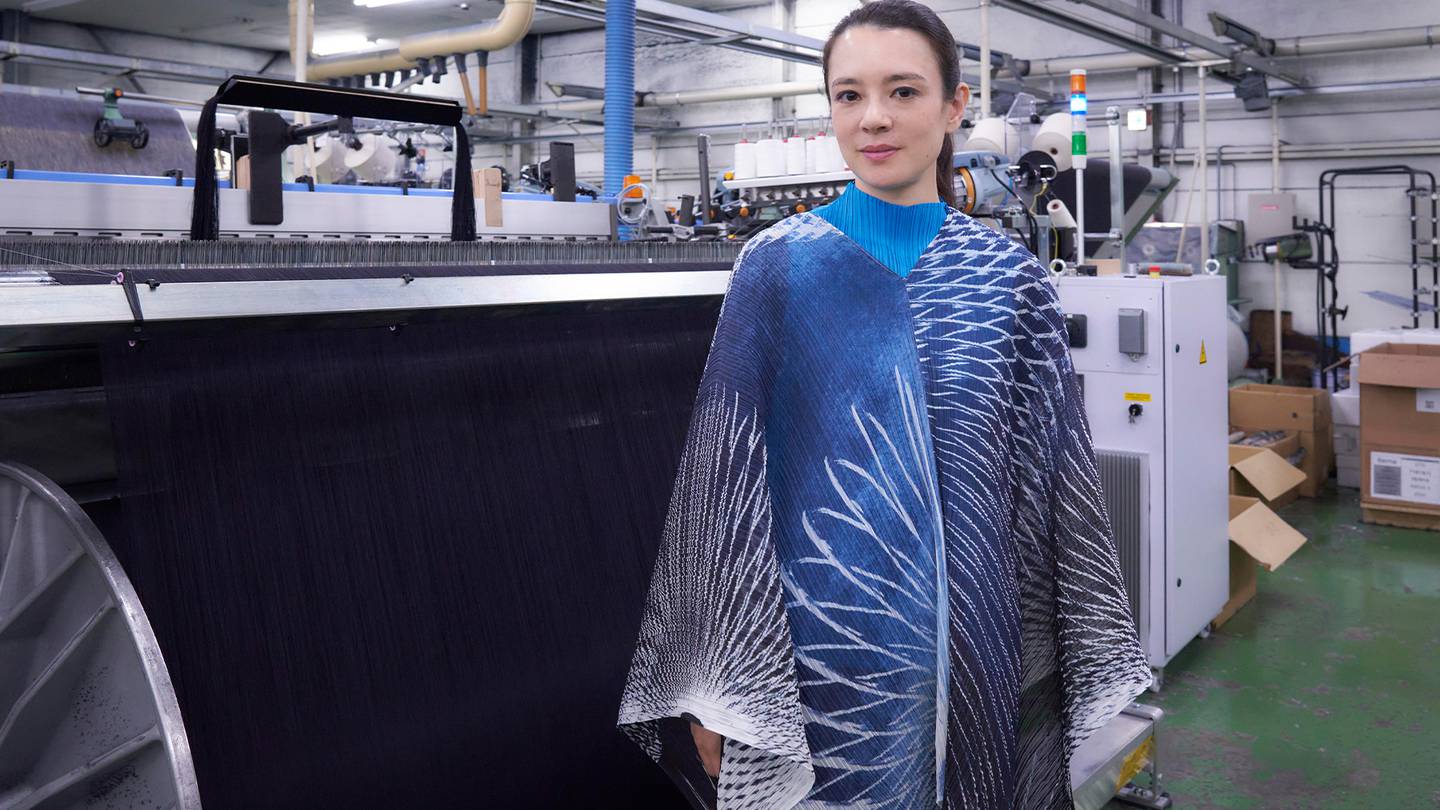
Why Thai Celebrities Are Fashion’s New Power Players: Global luxury brands are signing celebrity ambassadors from Thailand to tap into rising local demand and leverage the stars’ growing appeal across the wider Asia region.
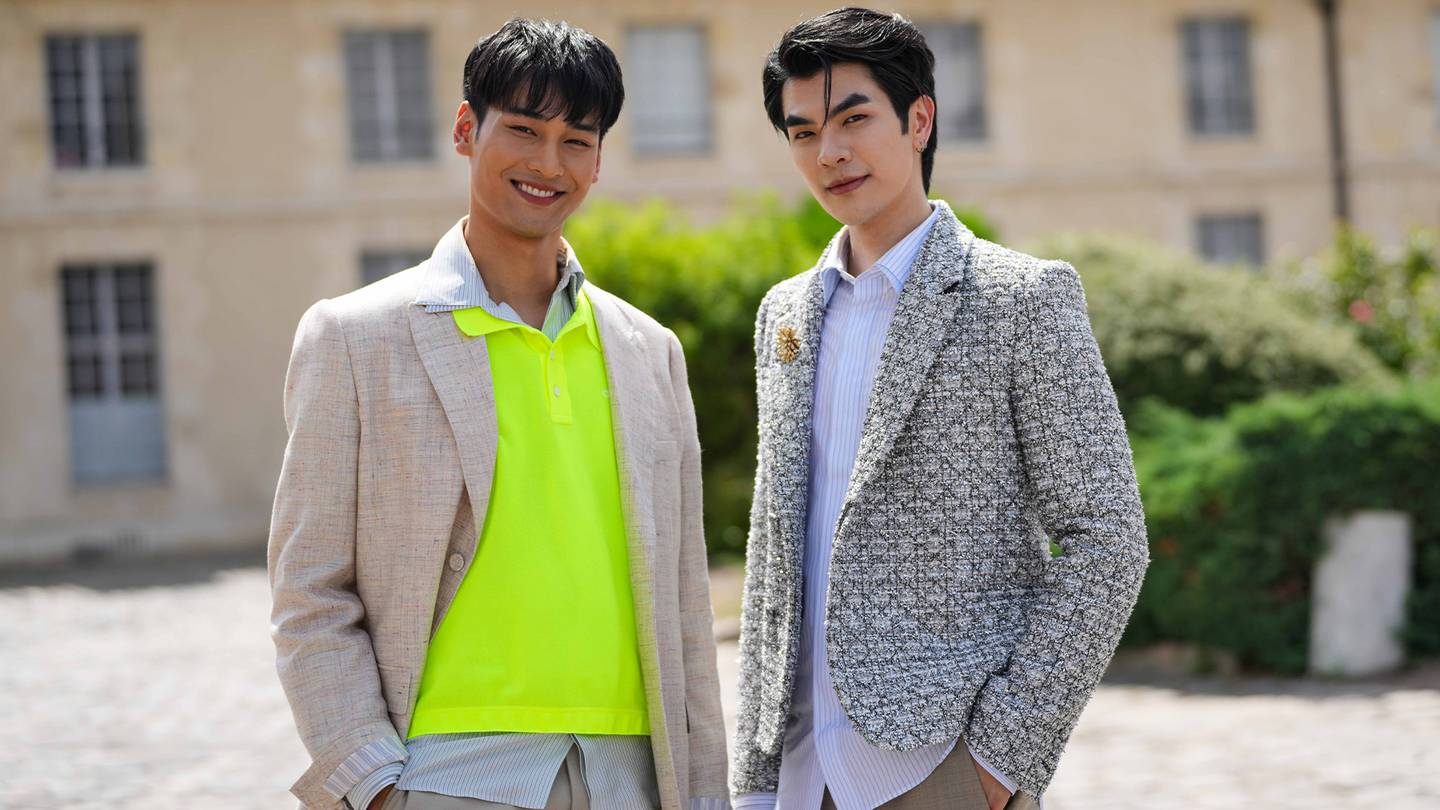
The BoF Podcast | Hallyu: How the Korean Wave Is Sweeping Global Culture: Influencer Irene Kim and V&A curator Rosalie Kim join Chanel executive Yana Peel to chart South Korea’s rise to global creative juggernaut.




